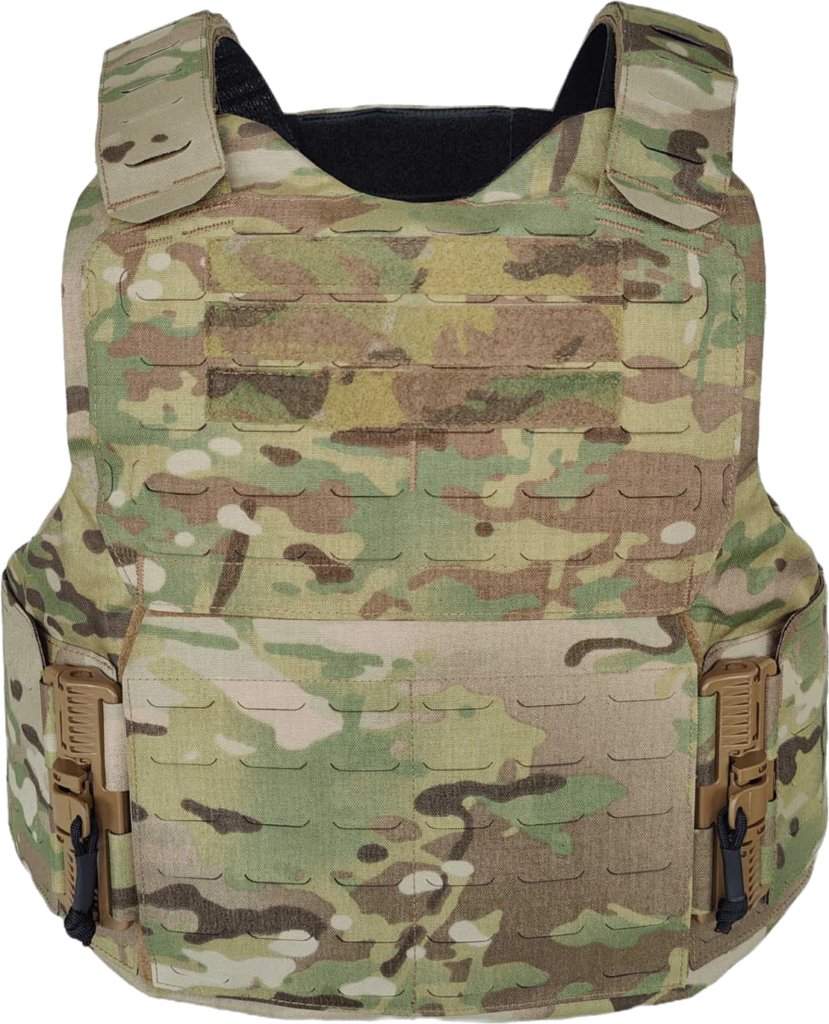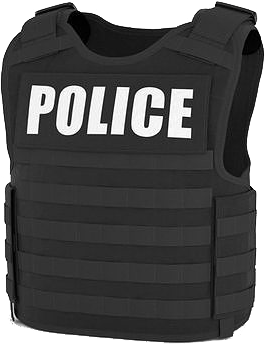A bulletproof vest, also known as a ballistic vest, is a type of personal armor that helps absorb the impact from firearm-fired projectiles and shrapnel from explosions. These vests are typically worn by law enforcement officers, military personnel, and private security contractors.
Key Features of a Standard Bulletproof Vest:
- Material:
- Kevlar: A heat-resistant and strong synthetic fiber.
- Dyneema: Ultra-high-molecular-weight polyethylene with high strength.
- Spectra: A high-strength, lightweight fiber.
- Protection Levels:
- NIJ (National Institute of Justice) Standards: Vests are rated based on their ability to stop specific types of ammunition.
- Level II: Protects against 9mm and .357 Magnum rounds.
- Level IIIA: Protects against most handgun rounds, including .44 Magnum.
- Level III: Protects against rifle rounds such as 7.62mm FMJ.
- Level IV: Protects against armor-piercing rifle rounds.
- NIJ (National Institute of Justice) Standards: Vests are rated based on their ability to stop specific types of ammunition.


Design:
- Soft Armor: Made primarily from Kevlar or similar materials, designed for flexibility and comfort.
- Hard Armor: Incorporates metal or ceramic plates to provide additional protection against higher caliber rounds.
Additional Features:
- Adjustability: Straps and panels to fit various body sizes and shapes.
- MOLLE (Modular Lightweight Load-carrying Equipment) System: Allows attachment of pouches and other gear.
- Weight: Varies depending on the level of protection, with higher protection levels generally being heavier.


